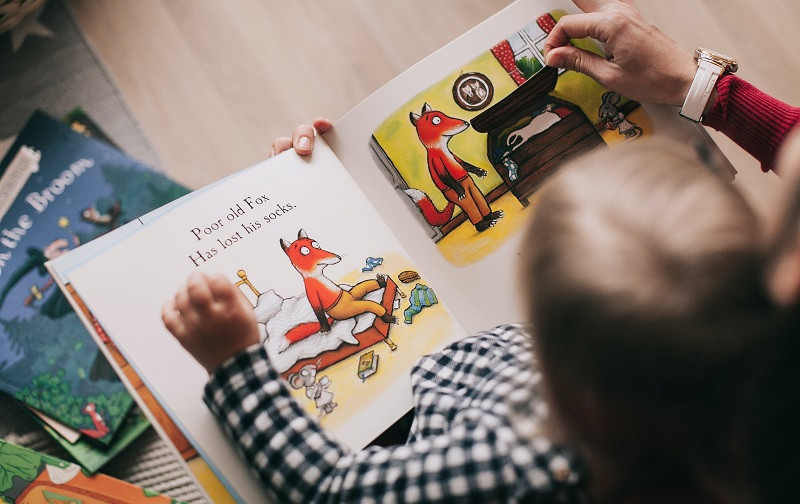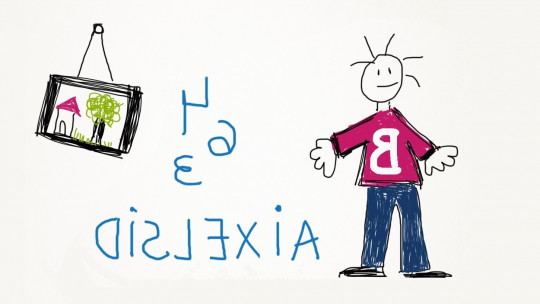
Learning to read and write involves several phases in which children become familiar with letters and their sounds, in addition to understanding notions such as that long words involve being written with more letters and short words with fewer. .
Literacy levels They are a series of stages that every boy and girl goes through when they learn to read and write. They were originally studied by the Argentine psychologist Emilia Ferreiro and, below, we will scale each of these stages to understand how literacy is acquired.
What are literacy levels?
Literacy levels are the different phases that boys and girls go through during the process of learning to read and write These levels were studied for the first time by Emilia Ferreiro, Argentine psychologist, writer and pedagogue, who presented them in her work “Writing systems in the development of the child” (1979). The levels of writing and reading are related to each other but, although they are similar, they imply different levels of improvement.
Generally, four stages are distinguished that boys and girls go through when learning to write, these being the concrete, presyllabic, syllabic and alphabetic phases. Instead, the reading acquisition process involves three phases, the presyllabic, the syllabic and the alphabetic.
The study of these levels of reading and writing is that it allows professionals detect problems in children’s cognitive development by seeing if there is any type of delay in the acquisition of certain components of reading and writing.
Reading levels
As we have commented, Boys and girls go through three stages when they are acquiring the ability to read, that is, the ability to interpret written texts: presyllabic, syllabic and alphabetical. Each of these phases is characterized by the presence or absence of two fundamental aspects when it comes to understanding how words are read and understanding written texts: qualitative and quantitative.
During the presyllabic stage of reading, boys and girls do not master either of these two aspects. However, the moment they manage to internalize the quantitative aspect, they advance to the syllabic stage and, once the qualitative aspect is also acquired, the alphabetic stage is reached.
1. Pre-syllabic stage
The first level of reading is the presyllabic stage. In this, If the child is asked to interpret the meaning of a word or a written text, he or she will not be able to read it at all This is because he does not master either the quantitative or qualitative aspect of reading, so what the infant will do is invent the meaning of what is written or, directly, he will say that what he puts there does not mean anything. .
From what can be seen, at this stage the main component that infants use when “reading” is their imagination, interpreting the written words in a totally arbitrary and even fanciful way
For example, we may encounter explanations such as that long words are names of large objects, while short words are small objects. For some words this idea may work (e.g., toad vs. building) but for others not so much (e.g., ant vs. square).
2. Syllabic stage
The syllabic stage is the second stage of the reading acquisition process and is reached when the child has internalized the quantitative aspect. From this moment, The infant is now able to differentiate mainly the size of the written word However, since the child still does not understand the meaning of each of the letters, that is, he does not master the qualitative aspect of reading.
So we have a point at which the infant knows that long words are represented in written form with words with many letters, while short words have fewer letters but, since he does not know how to pronounce each letter, what he does is say words that appear to you to be the same length.
For example, if you see the word “building” written down, you may tell us that it means things as unrelated but familiar as “apricot,” “bird,” or “bus,” while something similar would happen with shorter words.
What differentiates this level from the first is that in the syllabic stage the child makes an effort to read the word, using the finger to guide him as he tries to read Thus, for the first time, the intention to interpret the written text instead of simply inventing the meaning appears.
3. Alphabetic stage
The alphabetic stage of reading It is achieved once the infant masters the qualitative aspect, that is, he is able to distinguish the different letters from each other and interpret their sounds In this way the child tries to really read what is written there. It is only a matter of time before the infant acquires real reading ability from this point.

The levels of writing
The levels of writing are almost the same as those found in reading, except with the exception that there is a stage prior to the presyllabic stage. The challenges that boys and girls face during the process of acquiring writing are very similar to those of reading, but not identical, which is why we find some differences. Thus, there are four levels of writing: concrete, presyllabic, syllabic and alphabetical.
1. Concrete stage
The specific stage of writing is the one in which the infant is not yet able to understand the most basic of how writing works or the shape of letters. Even so, you may want to start writing imitating adults doodling on a sheet of paper pretending to really be writing.
2. Pre-syllabic stage
Children reach the presyllabic stage of writing when they have managed to write some letters, although they still do not know very well what their meaning is.
Arrived at this point is able to understand that each of the letters of the alphabet represents a different sound and he will try to capture it with his peculiar writing.
He will try to demonstrate his knowledge of the alphabet by using different combinations of the letters he has acquired to represent different words, although he does not yet know what each of them means. He will write randomly, being able to use a single letter to represent even syllables or entire words.
3. Syllabic stage
In the syllable stage, the child does not yet fully know the sound that each of the letters represents, but he tries to deduce it using those he already knows to represent specific syllables. For example, You may think that the letter “m” is always read as the syllable “me,” and the letter “b” is read as “be,” and so on
In this phase of the acquisition of writing, it can be seen that the infant is able to divide the words into syllables and write them somewhat approximately, although he has not yet mastered the relationship between the written letters and the phonemes he wants to represent. on the sheet of paper.
- You may be interested: “Dyslexia: causes and symptoms of reading difficulties”
4. Alphabetic stage
Lastly, we have the alphabetic stage of writing. This final stage of literacy is reached when the child discover what sound or sounds represent each of the letters of the alphabet and acquire the ability to combine them appropriately From this moment on, the infant no longer has significant problems with reading and writing.
Yes, it is true that, due to age and lack of practice, he may be a little slow in reading and writing, but the point is that he knows how to read and write. The only problems you will have at this point will be spelling, having to perfect your writing to have good handwriting, and also intonation, prosody and speed when reading aloud.








